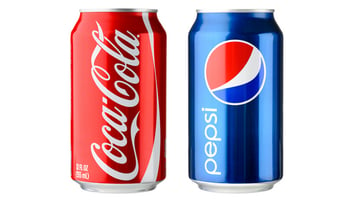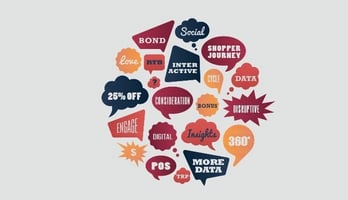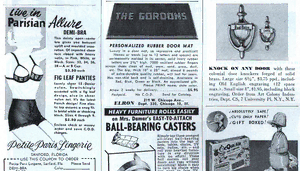June 14, 2013
The Age of Personal Advertising.
July 20, 2016
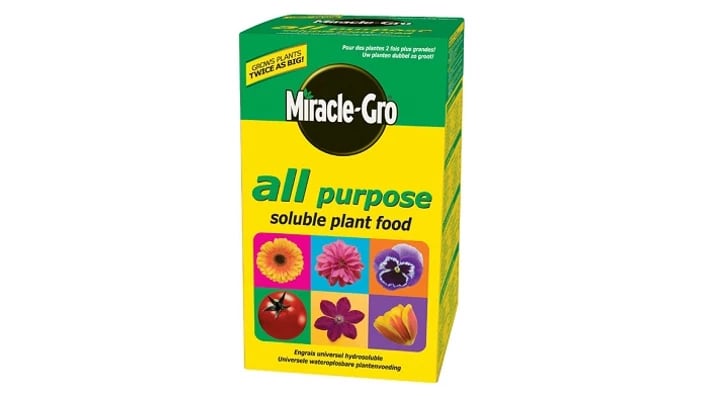
About a year ago, I wrote an article based on my observation that we are fast approaching a level of total technical availability, deep digital integration, anywhere internet connectivity and connected everyday objects. As a result of this digital ubiquity the idea of smart-things and non-smart-things will become irrelevant. Everything will be smart. Every aspect of our lives will be connected to a system of some form and in turn brands and marketers will need to understand a world of what I called “networked influence” in which to connect with their audience. As a result of this article I’ve been asked to speak this week at the Interactive Minds Digital Summit in Melbourne, Australia. In preparation for this event, I’ve re-crafted my original article and thought I’d take a minute on my blog to talk about the Age of Personal Advertising.
When everything is digital, what next?
My kids are 6 and 8 years old. My new iPhone to them is just a phone – it’s not a smartphone, it’s not a connected and inter-connected digital device, it’s not a media platform… it’s just a phone and what it does, to them in their minds, is unremarkable. And the concept of having smart/digital things and non-smart/non-digital things as about to become redundant. A little bit like when things became electric in the early 20th Century, it was a trend that was followed by omnipresence. After all, no one today says “I’m going to the kitchen to make coffee with my electric coffee maker”.
The reality is that everything is now digital. Just look at the top 20 most valuable brands in the world today according to Forbes. They are either pure play digital companies; like Google or Facebook. They are enablers of our digital lives via hardware or software; like Apple, Intel, Oracle or Microsoft. Even the “traditional” brands that occupy the top 20 use digital now as a primary form of communication. According to Omnicom, McDonalds have shifted almost 25% of their TV spend to online video globally in the last 3 years. You will all have heard car brands describing themselves today not as manufactures of cars, but as technology brands who happen to make cars – coined originally by Elon Musk I believe (though I can’t find a definitive source). Even the CMO of local telco giant, Telstra, this week stated “we are no longer a telco but now a techno”.
As everything becomes digital I believe we are about to see a new age of advertising. In this post-digital world, the idea of one-to-one marketing is really going to be possible – not by segment, demographic or PMA, but by individual and to their specific need or want. I now think of it as heralding a new age of advertising. But first, let me explain what I see the first two ages of advertising to be.
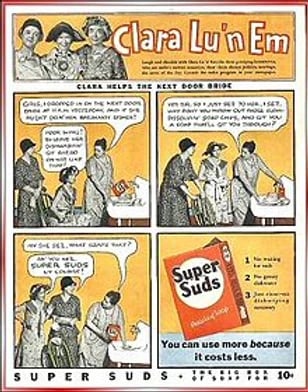
The First Age of Advertising was The Age of Broadcast Advertising. Clara, Lu and Em premiered in 1931 as the first soap opera and daytime drama to hit the airwaves. Sponsored by Colgate Palmolive, the advertising paid for the content that entertained the audience. What made this possible was the proliferation of mass manufacturing, mass distribution and mass communication (print, radio and of course the TV). All of these things enabled brands to connect easily with a broad consumer audience.
The Second Age of Advertising has been The Age of Multi-Media Advertising. What changed were technological advances propagating the internet and particularly social platforms with mass availability, giving rise to a greater media landscape. These allowed us (the consumer) to have a feedback loop and a voice. Amazon, Trip Advisor, even Boaty McBoatface, all have succeeded because of these “multi-media” developments. The advertising entertains the audience by allowing them access to and in some way ownership of a brand.
Now, a word of caution here, this constant changing and shifting media landscape however has the ability to confuse us (particularly the brands and the marketers). One of the most notable strategists of modern advertising recently said to me that great advertising today is “either simple or wonderful and very little in between”. Actually, if you look at AdAge’s top two campaigns of the 21st Century, this thought is clearly demonstrated. Simple – Dove’s Campaign for Real Beauty based off the simple insight that women perceive themselves differently to others. Wonderful – Nike+ Running, fusing together technology, GPS, connectivity and the brand to immerse the audience in an experience.
Disposable technology now heralds a new age of advertising.
What is changing now are smart-devices and sensors and memory so cheap they are completely disposable. As disposable as packaging or a newspaper. A simple proof point that technology of this is that one gigabyte of hard drive memory is now worth less than US$0.001. Cisco reckon there are now 35 Billion devices connected to the internet raising to 50 Billion by 2018. That’s 7 for every one of us. Today you can buy an Android tablet at Harvey Norman for just $45. In an ever expanding media landscape and anywhere internet connectivity, there are now near limitless ways in which to understand consumer behavior and as a result connect them directly to brands… and vice-versa.
I think of this as The Third Age of Advertising – The Age of Personal Advertising. Sensors integrated into tubes of toothpaste or loo rolls to let you know when you’re running low. Miracle Grow the plant food company are now giving away Smart Garden sensors you plant in your garden to tell your smartphone as and when certain plants need feeding. Egg Minder is a device you place eggs on in your fridge that will tell you which ones are fresh and which are not… it’ll even sync with your online shopping cart to add more to your basket when you’re running low. As marketers we will have the ability to have a direct conversation with the individual. AND we’ll know enough about them, that they’ll want to hear from us.
But again ask yourself this – once my fridge can tell my Woolworths account that I’m out of eggs and have a box of them delivered by drone (or Deliveroo rider) to my home before I start making that omelet I just Googled the recipe of – what next for us marketers… do advertisers even have a job left to do?
Of course we do – I may need eggs, but I will still have a preference for which brand of egg I buy. The fridge may tell me that I’m out of soft drink, but I’ll still have a preference as to whether I buy Coca-Cola or Pepsi. Possibly I’d be open to trial something new, based on my habits, or simply on what else is in my fridge. We are still driven by preference. That $45 tablet I talked about does everything an iPad does, yet the iPad outsells it significantly and is 10 times the price.
Brands still need to entertain us, relate to us and engage us, it’s how we develop preference; BUT they need to do so now by understanding the complex networks that really allow for direct conversations with the individual.
Welcome The Age of Personal Advertising.
To recap, there is no such thing as digital anymore… everything is digital. The biggest brands are all digital, either pure digital, enablers of our digital lives, or brands using digital as their primary form of communication.
Technology has become disposable and brands need to find ways to dispose of it – it is no longer a scary investment to make. With 35 Billion devices connected to the internet, always-on connectivity we marketers have the ability to have a direct conversation with the individual. AND we know enough about them, that they’ll want to hear from us.
Finally, to maintain preference, Brands still need to provide entertainment. Entertainment that takes advantage of complex networks to directly entertain the individual. In the age of Personal Advertising the technology simply creates the opportunity and the creativity will create the value.

